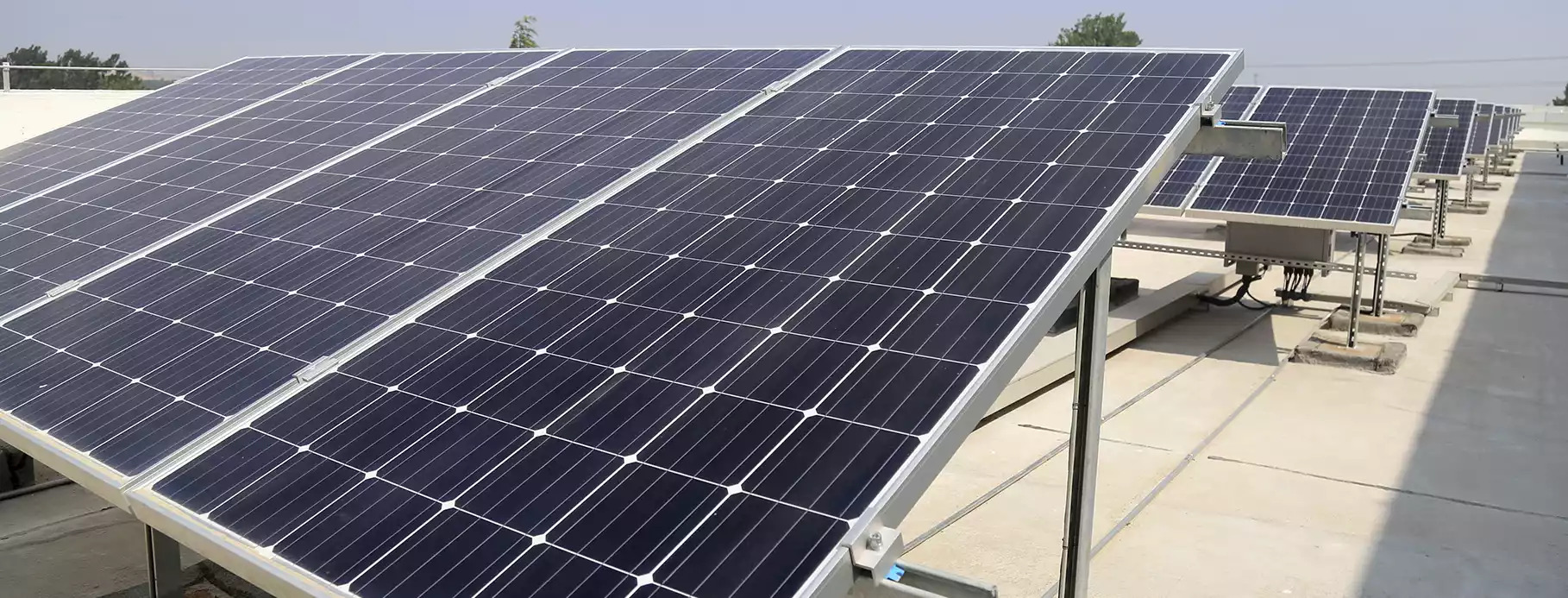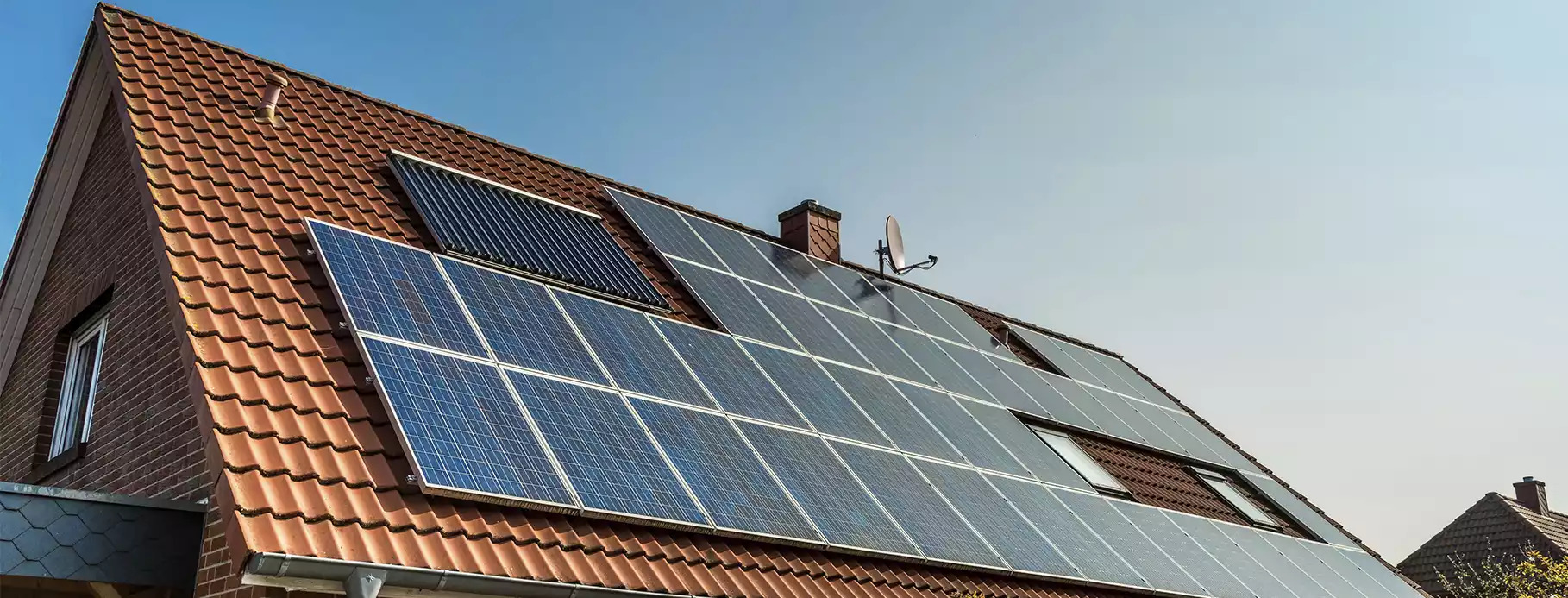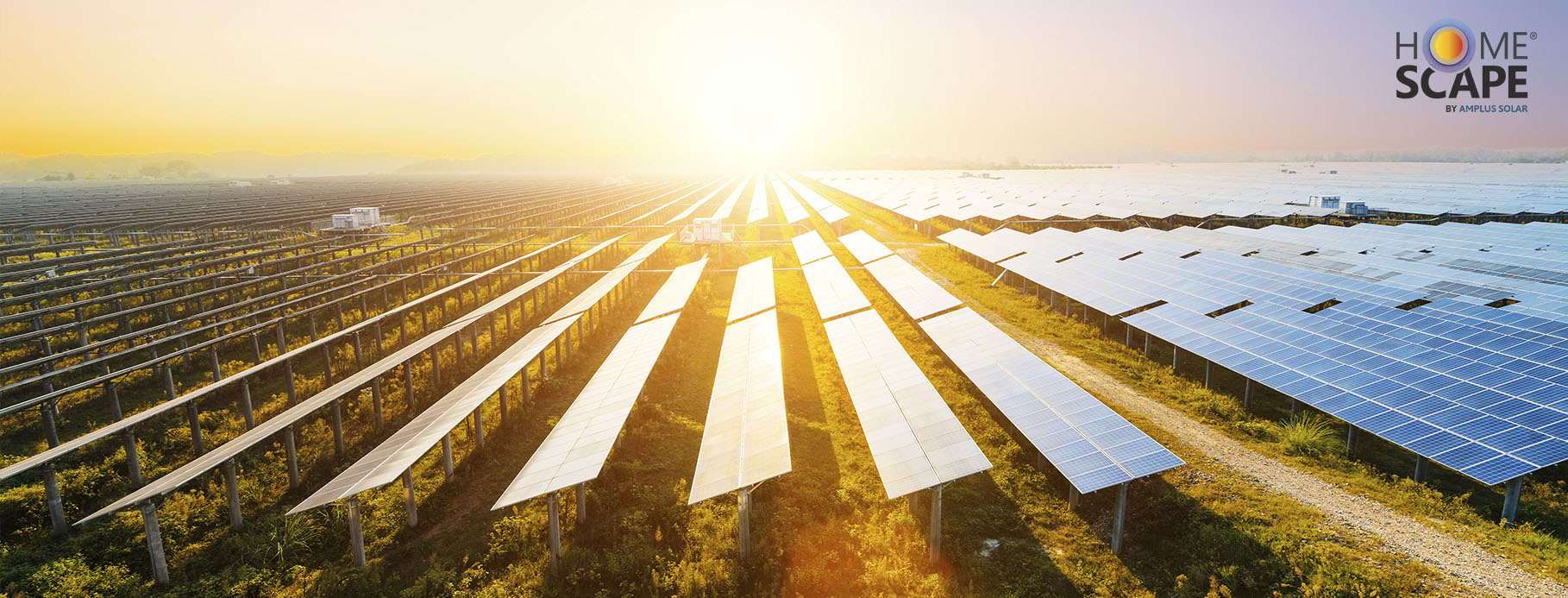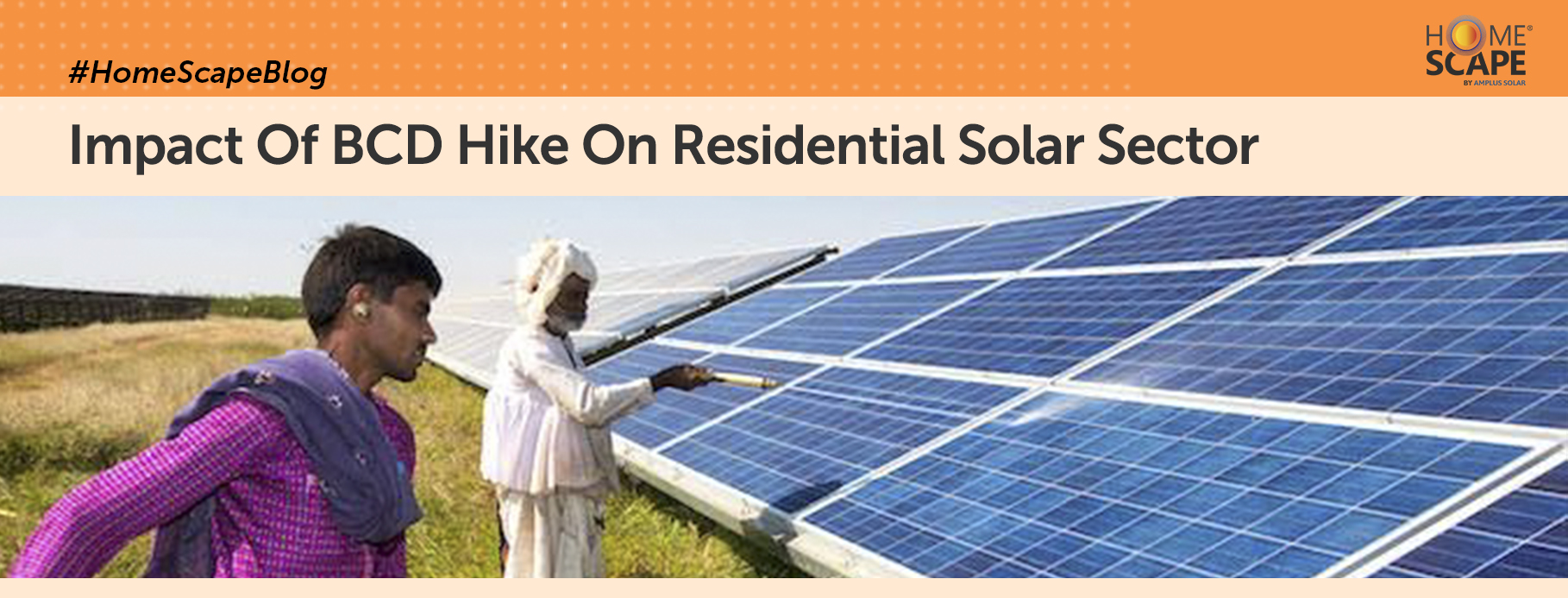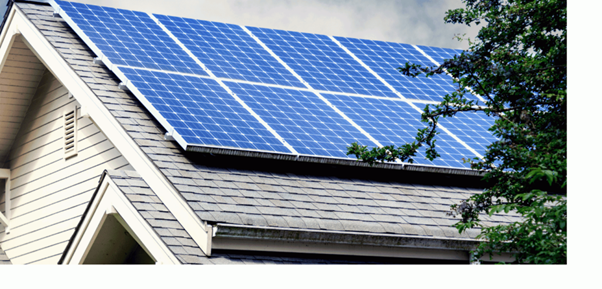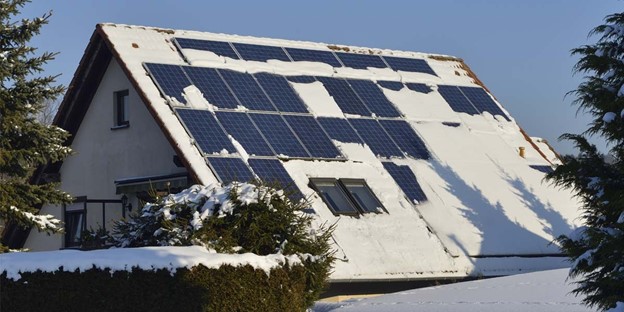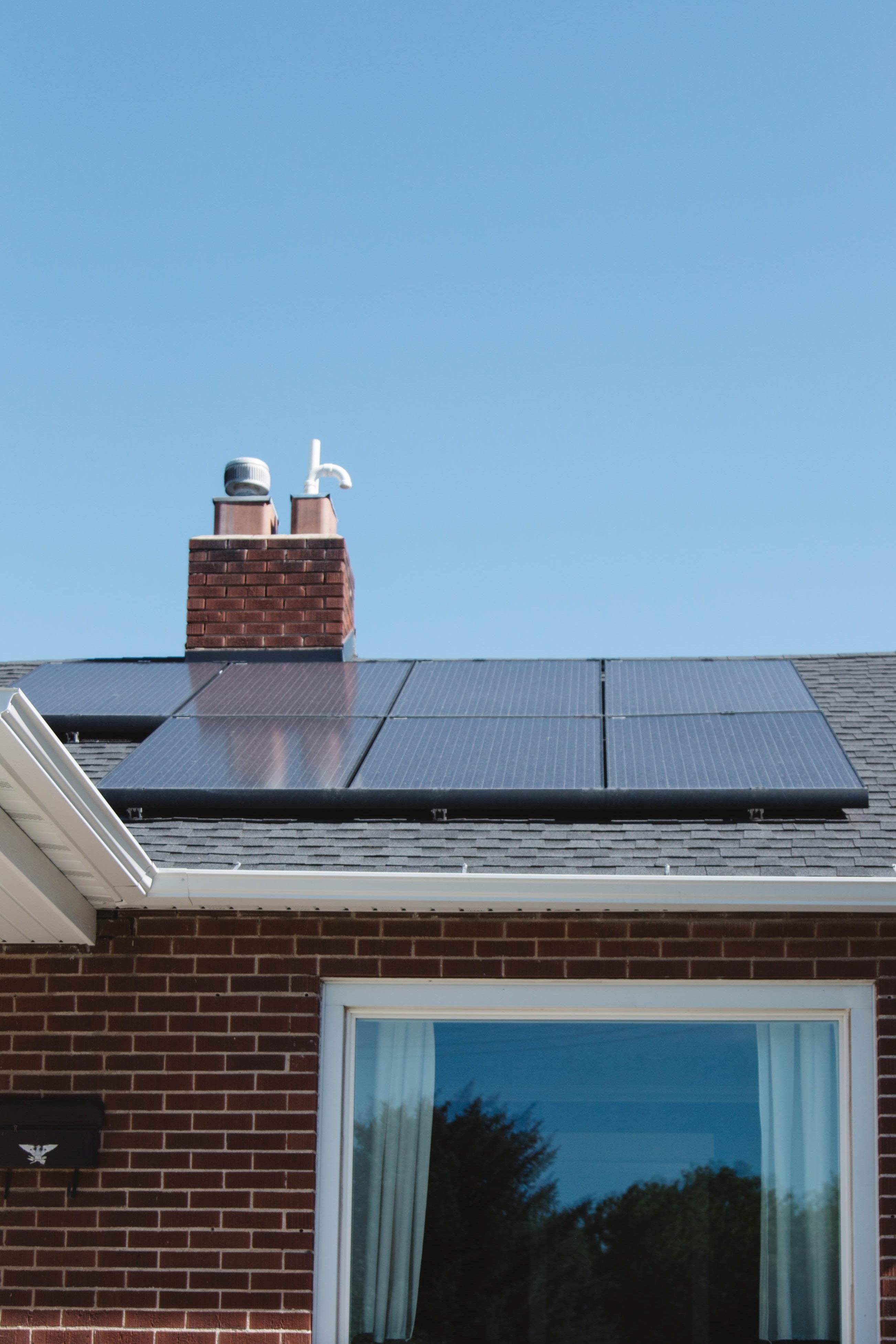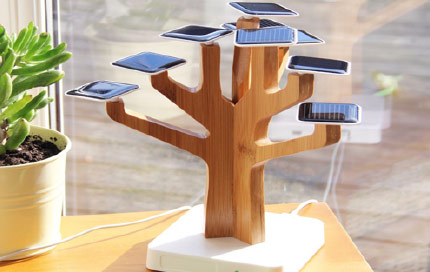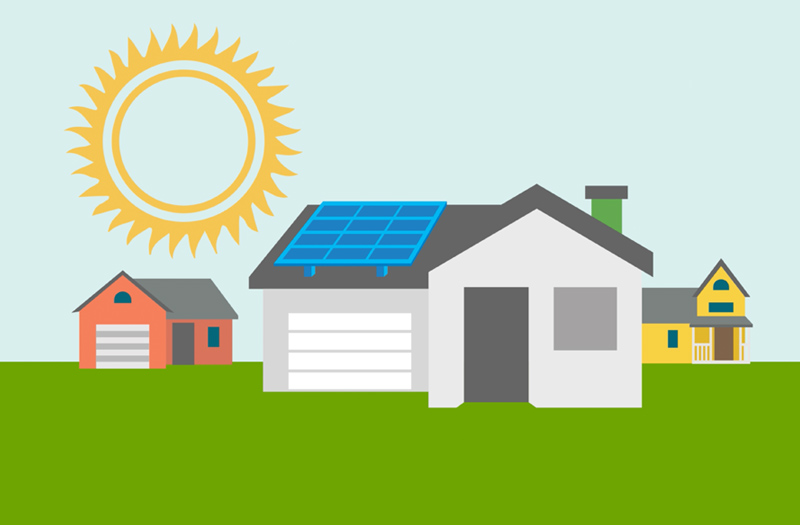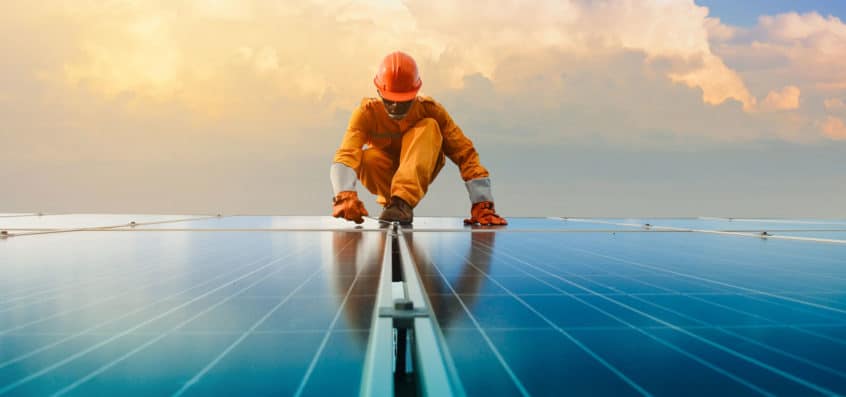Categories
24 May 2022
On-Grid Solar System: A Complete Guide About Price, Benefits, Working and more
On-grid solar systems are often the first choice for home solar systems as they are flexible and cost-effective. If you [...]
05 May 2022
Home Solar System: A Complete Guide About Benefits, Price, Subsidy in India
Harness the solar power abundantly present around you with the best solar system for your home in India. Investing in [...]
18 April 2022
How to Plan Solar Panel Installation for your Home
Getting rooftop solar system for your home is a smart investment to get practically free power for the system’s complete [...]
01 March 2022
Impact Of Basic Customs Duty Hike On Residential Solar
In response to a long-standing demand from India’s solar manufacturing sector, the Ministry of New & Renewable Energy (MNRE) will [...]
02 February 2022
How Cost-effective is it to install solar at home the Long Run?
A residential solar energy system is a smart investment that comes with the promise of guaranteed long-term savings. Despite the [...]
05 January 2022
How to Prepare Your Rooftop Solar Panel for Winters
Your home solar panel system can work efficiently even in cold and harsh winters. All it needs is a little [...]
27 July 2021
A Guide to Maintaining Home Solar Plants
Once you have made the plunge and installed a home solar plant, the next obvious question is of maintenance. While [...]
24 February 2021
Innovations in solar energy for personal use
Did you know that there are T-Shirts that activate in sunlight? Although they don’t have any solar-related components, just a [...]
20 February 2021
Can you run a house completely on Solar Power?
An answer to the question, whether you can run a house completely on solar power is yes! Especially in a [...]
29 January 2021
Personal Guide to install solar at home: Part 5- Rooftop Solar Panel Installation, Warranty and Maintenance
In the previous parts of our blog series, we discussed about receiving your solar proposal, documentation and the types of [...]
